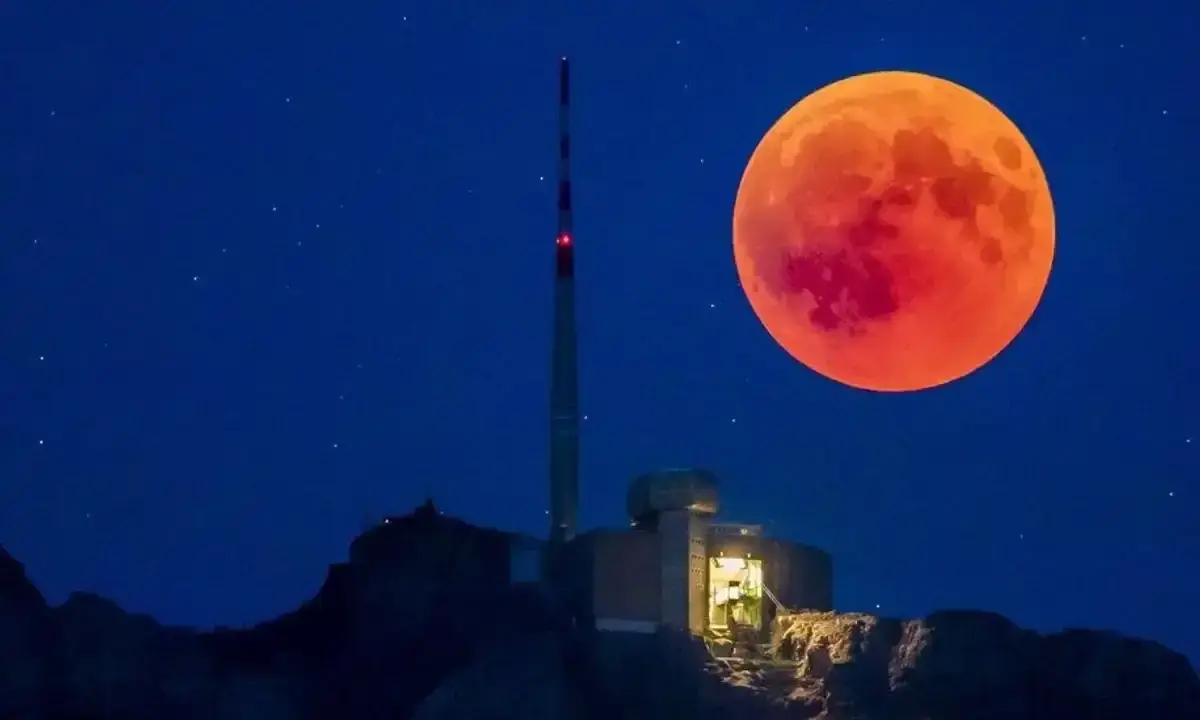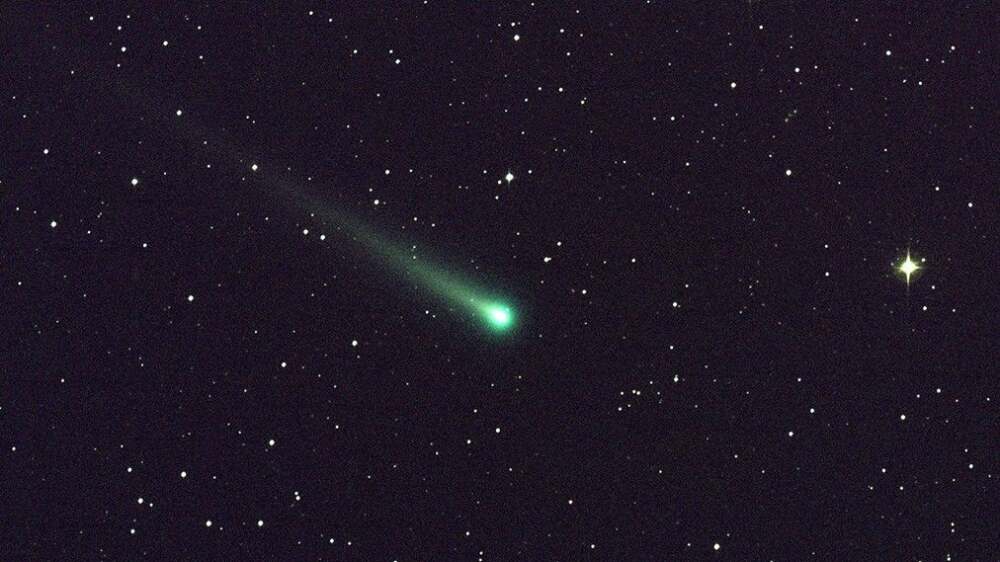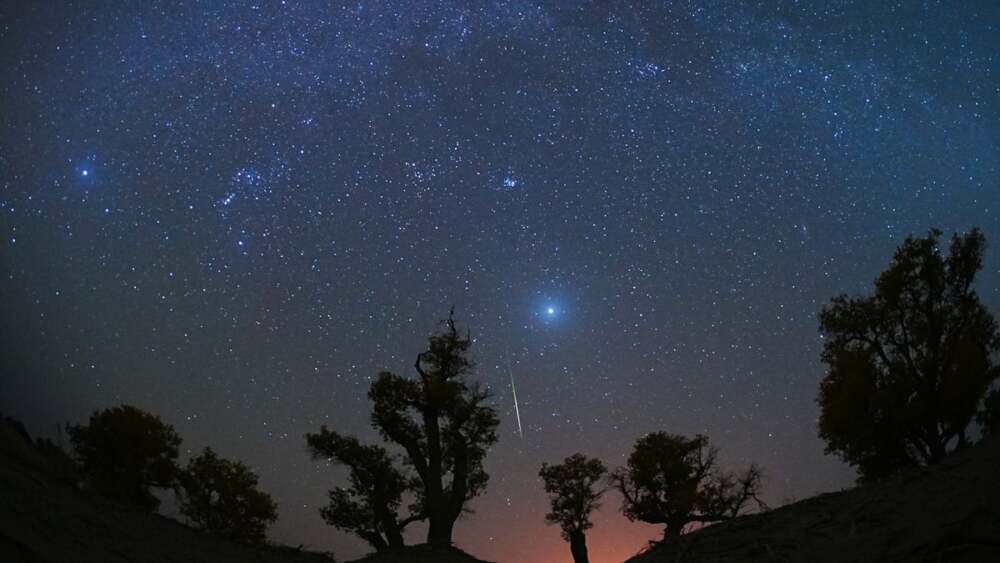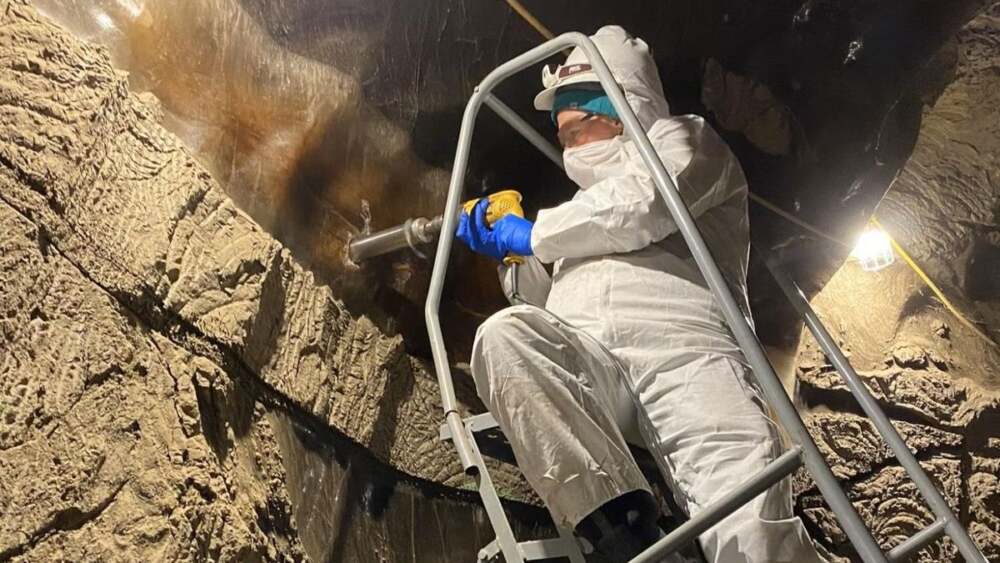September 7–8, 2025 — Skywatchers around the world are in for a rare celestial treat tonight as a total lunar eclipse transforms the full Moon into a glowing red orb, often called a “Blood Moon.” This spectacular event is one of the longest eclipses of the decade, lasting nearly an hour and a half in its total phase.
Eclipse Timeline (UTC)
- Penumbral eclipse begins: 15:28
- Partial eclipse begins: 16:27
- Totality begins: 17:30
- Greatest eclipse: 18:11
- Totality ends: 18:53
- Partial eclipse ends: 19:56
- Penumbral eclipse ends: 20:55
With 83 minutes of totality, observers will have plenty of time to marvel at the Moon’s dramatic shift in color.
Where It Will Be Visible
The eclipse is visible across Asia, Australia, Africa, and Europe, with millions expected to watch as the Moon takes on its crimson glow. Nearly 85% of the world’s population lies within the visibility zone, making this one of the most widely accessible eclipses in recent history.
Why the Moon Turns Red
As the Moon passes into Earth’s darkest shadow, direct sunlight is blocked. However, Earth’s atmosphere bends and filters sunlight, scattering shorter blue wavelengths while allowing longer red and orange tones to reach the lunar surface. This process, known as Rayleigh scattering, gives the Moon its haunting, fiery appearance.
A Supercharged Eclipse
Adding to the spectacle, the event occurs close to lunar perigee—the point when the Moon is nearest to Earth in its orbit. This makes the Moon appear slightly larger and brighter, often referred to as a “Super Blood Moon.”
Viewing Tips
- No protective eyewear is needed—unlike solar eclipses, lunar eclipses are safe to watch with the naked eye.
- A pair of binoculars or a telescope will enhance the view, but they’re not necessary.
- For the best experience, find a spot away from city lights with a clear view of the horizon.
A Cosmic Reminder
Beyond its beauty, the eclipse highlights the delicate alignment of the Sun, Earth, and Moon—a cosmic dance that has inspired awe and mythology for centuries. For both seasoned astronomers and casual stargazers, tonight’s Blood Moon offers a rare chance to connect with the rhythms of the universe.
















Leave a Reply